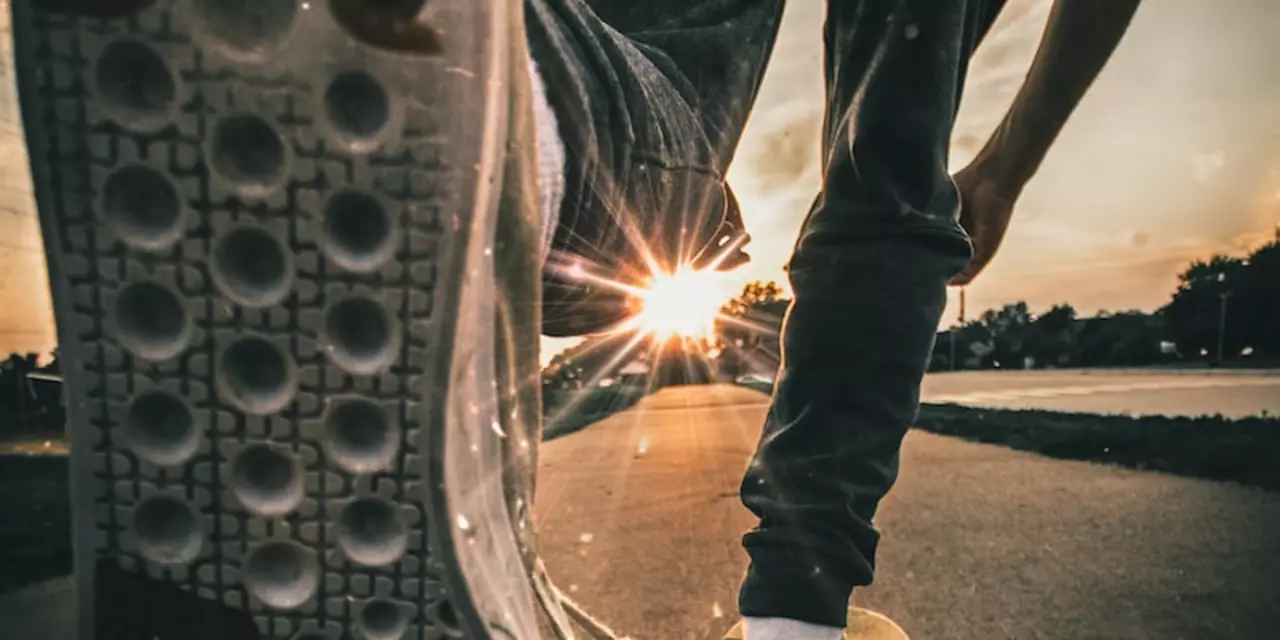Olympic Skateboarding History – Why Japan Dominates
Skateboarding made its Olympic debut in Tokyo 2020, and the world saw a surprise: Japan took home most of the medals. If you’re curious about how a country can dominate a brand‑new Olympic sport, you’re in the right spot.
The Birth of Olympic Skateboarding
Before 2020, skateboarding was mostly a street‑culture event, featured in X‑Games and local contests. The International Olympic Committee (IOC) added it to attract younger audiences and boost urban appeal. Tokyo was the perfect venue—Japan already had a strong skate community and several world‑class skateparks that met Olympic standards.
When the event was announced, Japanese skaters jumped at the chance. Public and private funds poured into building new ramps, indoor facilities, and training programs. The government even partnered with schools to introduce skateboarding in physical‑education classes, creating a pipeline of talent from a young age.
Why Japan Leads the Pack
Three factors explain Japan’s edge. First, an early start. Japanese kids began skating in the early 2000s, years before the sport hit the Olympic radar. By the time Tokyo 2020 arrived, many of them were already seasoned competitors.
Second, world‑class skateparks. Facilities like the Ariake Urban Sports Park gave athletes a safe, consistent environment to practice tricks that would score high under Olympic judging criteria. Access to top‑grade equipment and professional coaches also raised the performance bar.
Third, a cultural mindset. Japanese riders blend respect, discipline, and a willingness to take risks. They treat every session as a chance to improve, focusing on clean execution rather than flashiness. This approach aligns perfectly with the Olympic scoring system, which rewards precision and flow.
Another hidden advantage is community support. Local skate shops, clubs, and sponsors rallied around athletes, offering mentorship and financial aid. When a skater fell, the community helped them get back up, reinforcing a competitive yet supportive atmosphere.
All these pieces clicked in Tokyo. Yuto Horigome grabbed gold in the men's street event, while Momiji Nishiya took gold in the women’s park. Their victories weren’t just personal—they reflected a whole system built over years.
If you’re aiming to emulate Japan’s success, start early, train on good facilities, and adopt a mindset that mixes respect with daring. Look for local skateparks that offer consistent surfaces, join a community that pushes you to improve, and keep practicing the fundamentals that judges love.
Skateboarding will stay in the Olympics for future games, and other nations are already catching up. But the Japanese formula—early exposure, top‑tier venues, and a disciplined yet bold attitude—sets a benchmark for anyone wanting to shine on the biggest stage.
Ready to roll? Find a nearby skatepark, set clear goals, and keep grinding. The next Olympic podium could have your name on it.
Why are the Japanese so dominant in Olympic skateboarding?
- Caden Lockhart
- |
- |
- 0
Skateboarding is one of the newest sports at the Olympics, debuting in the 2020 Tokyo Olympics. Japan has been one of the most dominant countries in the sport, winning several medals at the 2020 Games. This is due to a combination of factors, including an early start in the sport, the presence of world-class skateparks, and the willingness of the Japanese to take risks. Additionally, the Japanese skateboarding community has a strong sense of sportsmanship and values of respect, which has helped to foster a competitive atmosphere and breed success.
View more